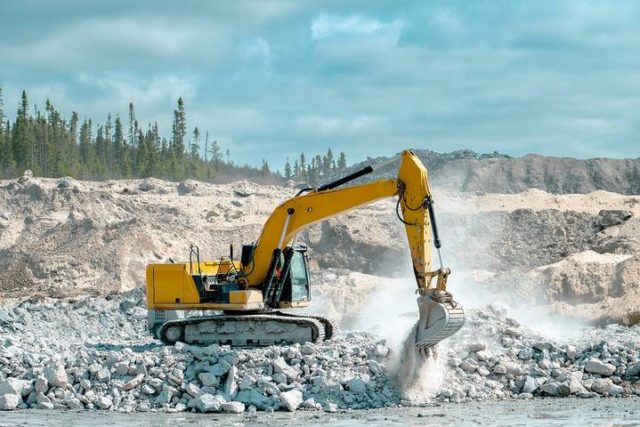Excavation is an important part of the construction process. Before the building begins, excavation is the careful process of moving earth, rock, and material to prepare the ground for what’s to come. When necessary, excavation can be performed with general tools, heavy-duty equipment, or explosives.
Excavation refers to all earthwork, trenching, tunnelling, and underground work. It is necessary to safely create building foundations, reservoirs, and roads. It is particularly integral in the making of a safe and stable foundation.
Here is a full glimpse into what excavation is in construction, how it’s performed, and what’s involved.
Purpose of Excavation
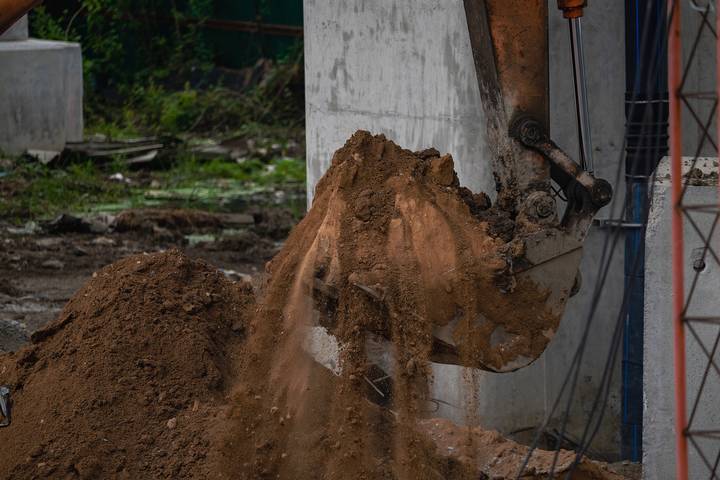
As mentioned earlier, excavation is to prepare the grounds for future construction. This construction equipment is utilized in other industries to explore and complete environmental restorations and mining. That said, construction is where the vast majority of excavations happen.
A few of the different processes employed in excavation are trenching, digging, dredging, and overall site development. Which are used depends on the needs of the site. Each process has its techniques and machinery that get put to use.
Types of Tools Used
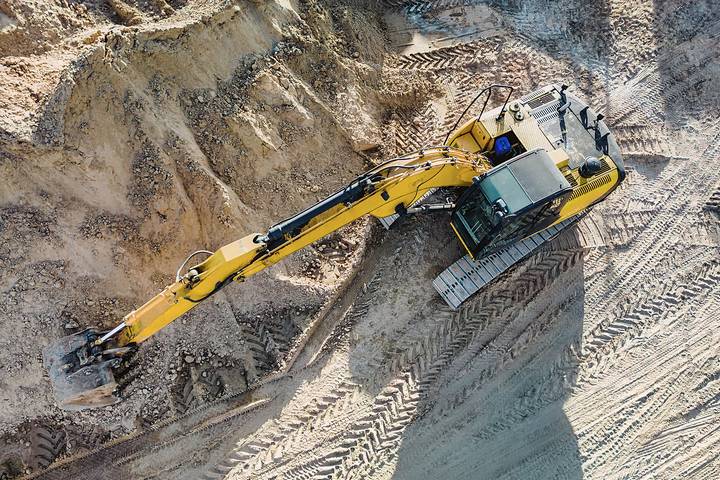
Large-scale excavations will use bulldozers and back actors to move the earth as needed. Pick and shovels are usable for smaller excavations, such as those in small or confined spaces.
Types of Excavations
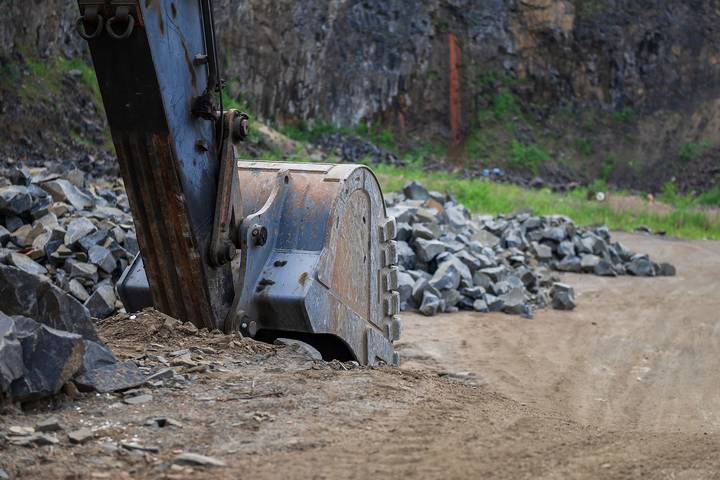
The type of excavation is classified according to the depth in which it’s done. Topsoil excavation removes the surface layer, including all vegetation and decaying matter which could make the soil unsuitable for bearing structural loads.
Next, there is Earth excavation which removes the next layer of soil. Rock excavation is where the material cannot be excavated without special methods, such as drilling or explosive blasts. In large part, these are the excavations that would be done for the average residential or commercial construction project.
What Type of Excavation Is Used?
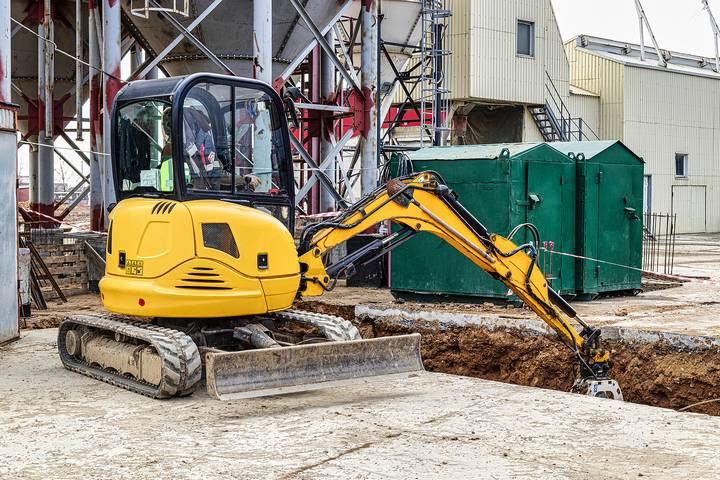
Topsoil excavation is designed with the end goal of exposing healthy, stable soil underneath. Rock excavation is highly specialized and rarely used when constructing homes or buildings. Earth excavation is the most common type of excavation used. It uses excavators and bulldozers to excavate deeply and clear the material.
What Is Cut-And-Fill Excavation?
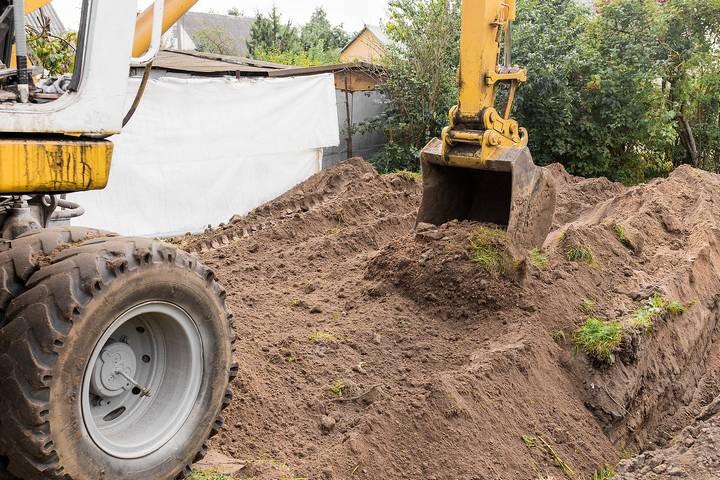
A cut-and-fill excavation cuts off the top material of soil, which is then repurposed or reused elsewhere on site. The removed material will often be used to make dams, elevated property sections, and similar landscaping features. It is also sometimes used to ensure a level surface is there to build on, elevating and filling lower sections of the site.
What Is a Trench Excavation?
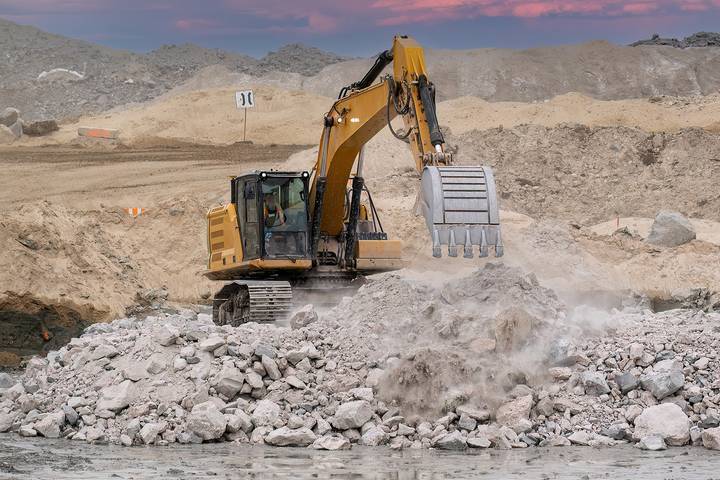
A trench excavation creates shallow trenches to form strip foundations or to bury services, such as plumbing and electrical. Several techniques in trench excavation get used according to the trench’s purpose, the ground conditions, the trench location, obstructions, and more. The exact size of the trenches can be modified according to what is most suitable for the site.
How Is Excavation Done Safely?
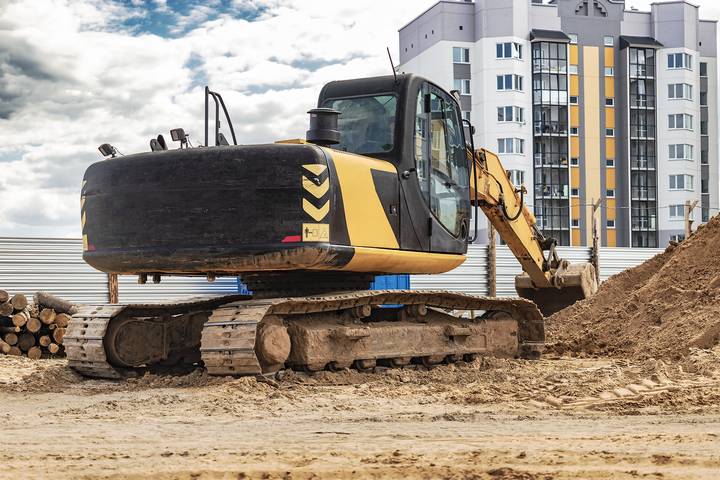
Every material has different characteristics. The angle of repose refers to the steepest angle a material will remain stable without support. This is key information to know in excavating. The presence of groundwater can alter the angle, as can other factors. The standard angle of repose for drained clay is 45 degrees, and wet clay is 16 degrees, gravel and dry sand is 40 degrees, and wet sand is 22 degrees.
How to Avoid An Excavation Collapse
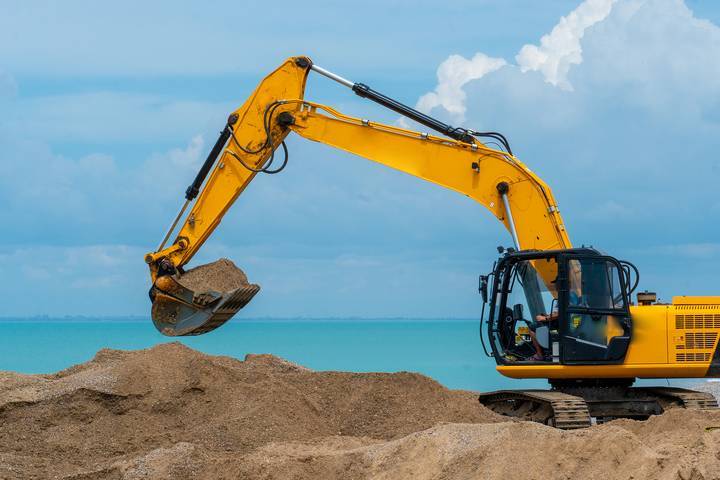
A collapse of excavation is a big risk that every stakeholder in construction wants to avoid. A collapse is more or less likely depending on factors like the stability and angle of repose, proximity to vehicles and services and buildings, level of the water table, subsoil type, depth of the excavation, and the time of year and weather conditions.
Excavation Supports Are Sometimes Used
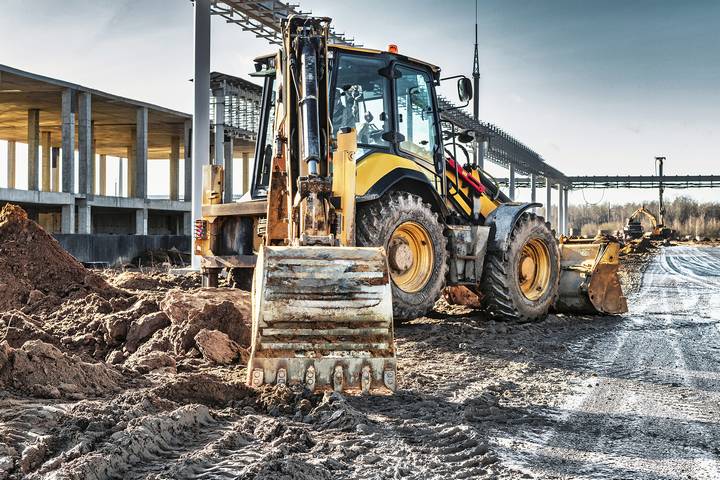
If the risk of an excavation collapse is notably above average, excavation supports may be used to minimize the risk. Timber supports, trench boxes, overlapping or interlocking trench sheets, ground anchors, caissons, and cofferdams are all types of excavation supports.
How Long It Takes to Excavate
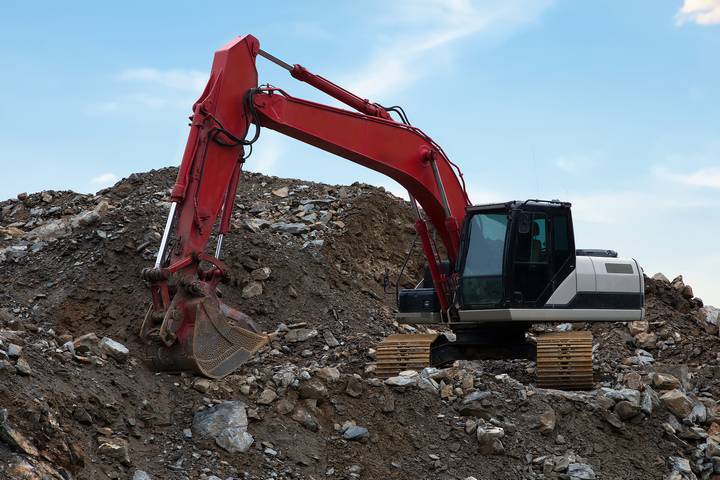
Several factors influence how long an excavation in construction takes. As a rough guide, the excavation for a standard foundation can range from as little as three days to up to three weeks and sometimes longer if issues are encountered.
13. Step-By-Step Excavation Process
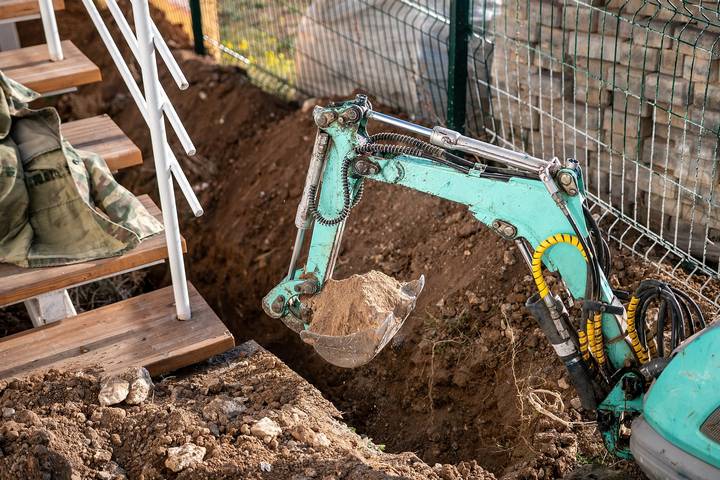
Here is a general step-by-step guide to what is done throughout an excavation.
- Carefully examine the site to identify habitats and artifacts requiring protection or handling.
- Create drawings to mark excavation boundaries, including total size and depth.
- Set out corner benchmarks while surveying the ground and top levels.
- Complete the excavation to the approved depth using the appropriate tools and machinery.
- Dress up the loose soil and make up the cut-off level.
- Construct dewatering wells and interconnecting trenches, as needed or requested.
- Make the boundaries of the building.
- Construct protective drains.

